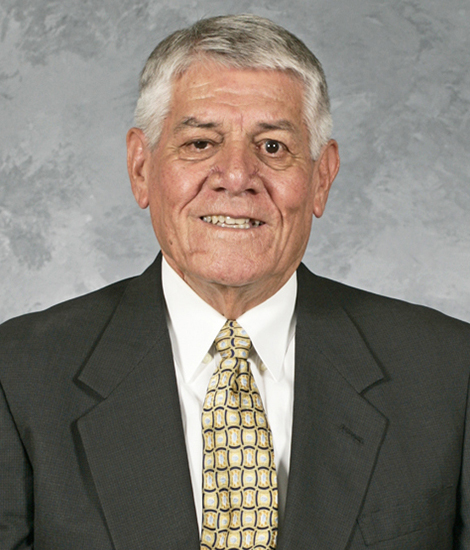Andres Portillo
Video Pioneer
Served 1958 – 2001
Inducted 2013

Portillo was born and raised in El Paso, graduating from Cathedral High School. After a stint at Texas Western (now UTEP), Portillo joined the WSMR workforce in 1958.
Right away, Portillo grasped the business of using various camera systems to capture different kinds of missile information. By the mid-60s he was the team leader for “standing up” ballistic cameras on the north end of White Sands for tests of such night shots as the Athena. Athenas were fired from Green River, Utah in the middle of the night.
The cameras recorded the streaks of light from the Athena’s re-entry vehicle as a booster propelled it down into the target area on White Sands. The trajectory of that vehicle was then analyzed using the exposed film.
Portillo’s experience with all the different camera systems and the many needs of test programs placed him on the front lines during the late 1970s through the 80s. This was a time when the range was moving away from manned camera equipment and developing remotely controlled and automatic tracking equipment.
The new systems included the Aided Laser Tracking System (ALTS), the Multi-Mode Automatic Tracking System (MATS), the Launch Area Theodolites (LATS) and the Kineto Tracking Mount (KTM). These systems allowed closer placement of optics to hazardous events since no humans were on board. Stunning photos were the result.
Also, video was integrated into some of them and suddenly, range controllers and program personnel could see what was going on in real time. They were no longer blind.
According to Portillo’s nomination, his “leadership was instrumental in integrating the remote automatic tracking systems” into WSMR’s data collection capability. When it came to operating and maintaining these systems, Portillo “was the go-to-person.”
This type of recording capability was necessary for the future of testing at White Sands and serves as the “backbone of today’s optical systems.” It was so important because the missile systems changed and the program managers wanted to see particular events captured in great detail.
For example, the Army Tactical Missile System’s missile can carry a variety of submunitions to be dispensed over a target area. These can vary from hundreds of little bomblets to a handful of smart weapons like the BAT that move out and seek targets on their own. Without these remotely controlled systems, the cameras used to capture the dispersion of the munitions would be safely placed miles away. Instead, because no humans are there, the cameras are in close.
By the 1990s, Portillo’s experience and expertise put him in a position to help other military test ranges. In the Department of Defense there is a Range Commanders Council. All the military services participate and the intent is to share knowledge, technical standards, and equipment, if possible.
Initially Portillo was the missile range’s representative to the Optical System group of the council. In 1994 he was made the vice-chairman of the group and then chairman in 1996 and again in 1998.
According to Portillo’s nomination, he took on the role of “leader for the development and operational readiness of laser tracking systems” across the Army, Navy and Air Force test ranges. He is also credited for ranges sharing instrumentation which resulted in enormous cost savings.
Finally, Portillo “was instrumental in coordinating the effort to develop digital imaging systems to replace legacy film-based instrumentation.” In fact, when the effort began, he coordinated the program for White Sands to host an “imaging shoot-off” so developers could test their devices during live missile firings. The shoot-off gave them the background they needed to go ahead and build the instruments WSMR and others would use to move from film to digital.
As they say, the rest is history. White Sands no longer uses film which means it no longer needs a huge film processing facility which saves buckets of money. Also, data is available much, much faster now; that makes testers happy.
Portillo retired in 2001 and still resides in El Paso.

